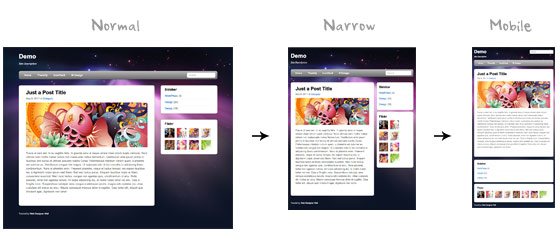What Are WordPress Shortcodes?
Shortcodes are just that, short bits of code that cut down on repetitive strings of HTML, and can be inserted anywhere in your site.
For instance, you could create a shortcode to insert a call to action button, or to display a Google AdSense ad, or to create 3 columns of content without any HTML markup.
What do shortcodes look like?
A shortcode is a descriptive bit of text wrapped in square brackets, e.g. [adsense] – which could be dropped into your WordPress post to display a block of Google ads.
The question is, how does this save you considerable time?
Take a look at this button code I made for my client.
<a><span>Google</span></a></span>



